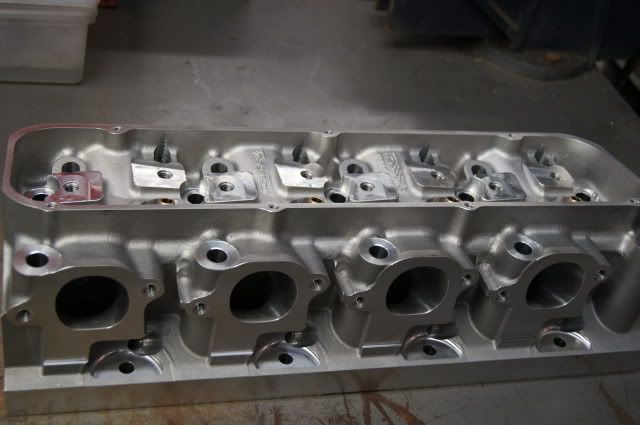Its interesting Bill. I've been reading Gordon Blair's book on 4-stroke engines. Apparently going a bit too small on the exhaust is not nearly as punitive to horsepower as going a bit too big.
The trick is knowing which one you've got. LOL.
The trick is knowing which one you've got. LOL.


Comment